Scientists from Tomsk Polytechnic University have obtained magnetic stem cells with low toxicity and enough stable for gene engineering applications.
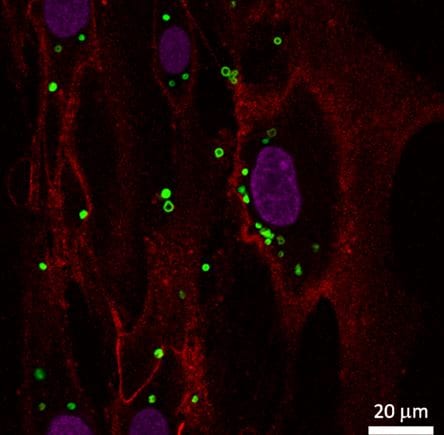

Scientists from Tomsk Polytechnic University have obtained magnetic stem cells with low toxicity and enough stable for gene engineering applications.
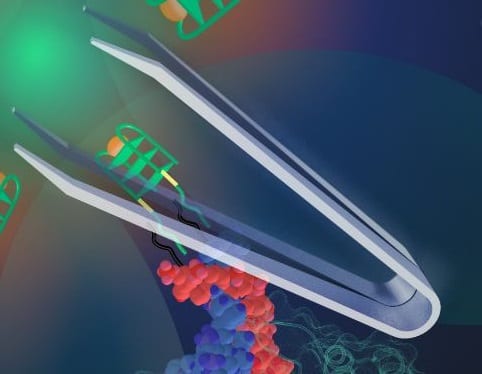
In a study published in the new journal Advanced Biosystems, scientists from the University of Hong Kong demonstrated that it is possible to use a DNA aptamer split across a tweezer such that the presence of the target protein triggers the DNA tweezer mechanism.
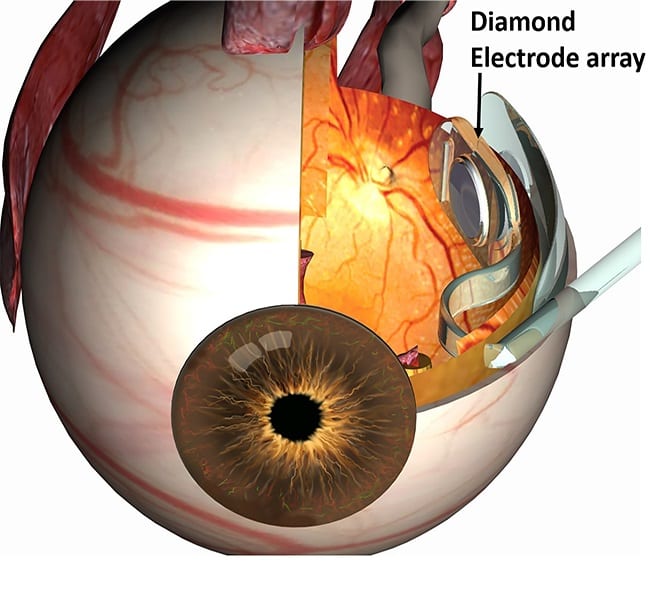
Diamond based epiretinal devices offer the hope of improved prosthetic vision for blind patients.
In the recently released 2015 Journal Citation report, Advanced Healthcare Materials received its first two-year full Impact Factor of 5.79
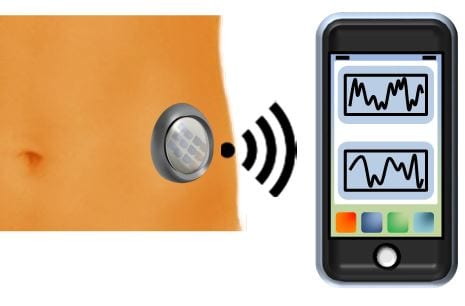
A team from MIT explores the dynamics and operation of a hypothetical insulin sensor using a model for glucose, insulin and glucagon circulating in the body.
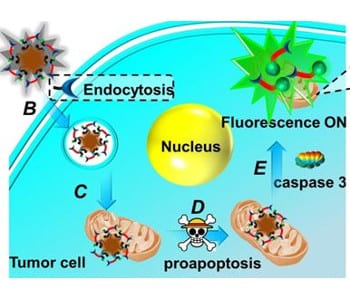
Dr. Xian-Zheng Zhang and co-workers have fabricated a biodegradable chimeric peptide for cancer therapy and real-time apoptosis imaging.
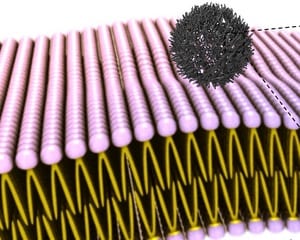
Researchers in Australia have developed a microscopic on-off light to help investigate how drug delivery systems interact with cells.
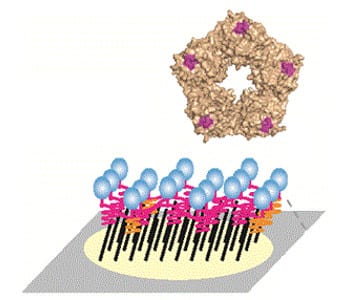
An interface that models inflammation and infection will allow researchers to investigate biomolecular dynamics changes in local microenvironments.
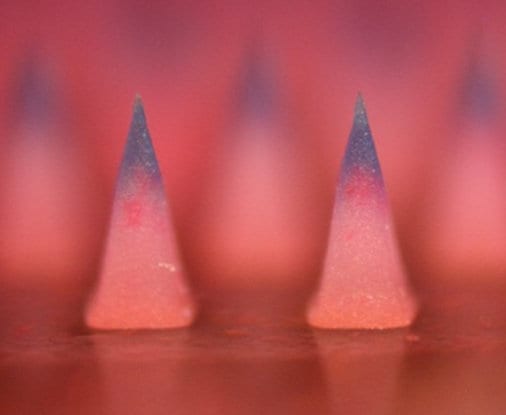
Implantable silk composite microneedles for programmable vaccine release kinetics and enhanced immunogenicity in transcutaneous immunization.
The need to develop biocompatible and biodegradable materials has intensified as the fields of bioengineering and regenerative medicine come of age.